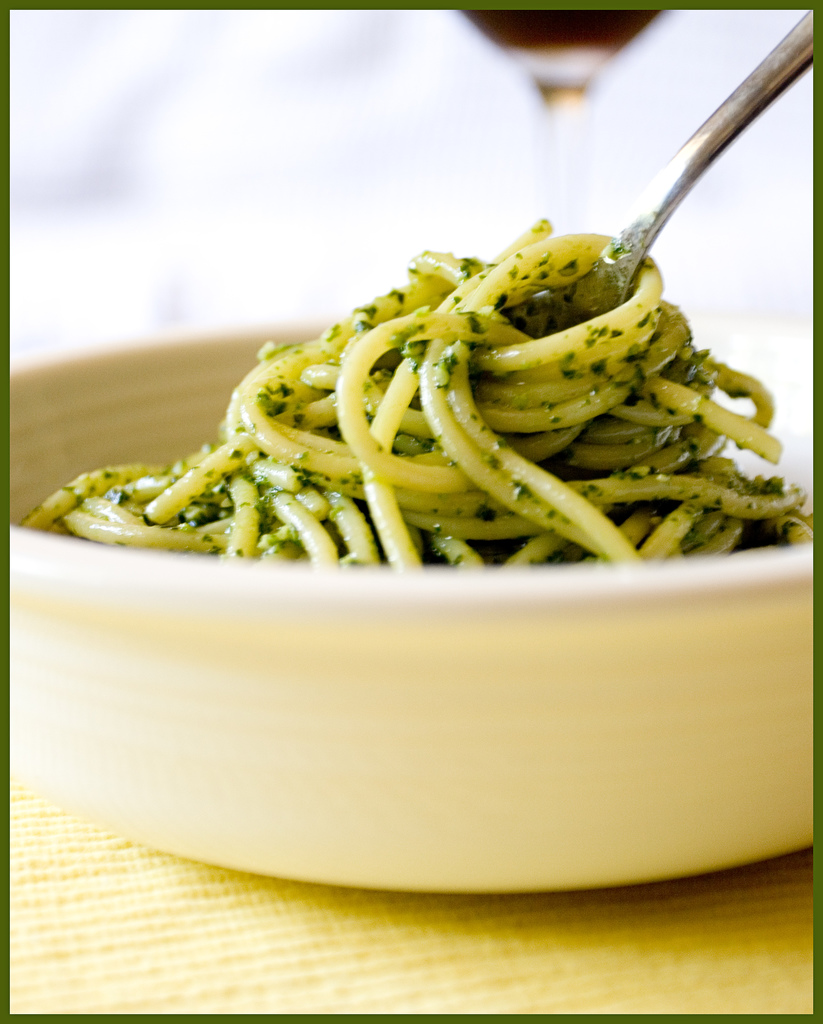
The trainers thought that the pickle juice replaced fluids and electrolytes lost during exercise. The researchers thought it was the vinegar. And many of the readers commented that vinegar alone had relieved cramps for them. Which got me musing about the value of vinegar, and even acids in general. Now one way you reduce muscle cramping is to take magnesium.
Magnesium has substantially disappeared from the soil and hence the food supply due to industrial farming practices and subsequent erosion. In 1975 the USDA surveyed the level of nutrients in food, publishing the information in a book, Handbook of the Nutritional Contents of Food. Twenty years later they started publishing supplements, which were much less read, although Paul Bergner wrote about it in his excellent book, Healing Power of Minerals, Special Nutrients, and Trace Elements.
In the supplemental studies, magnesium had declined by about one third. Drinking vinegar or lemon juice in water is known to reduce blood sugar spikes, delaying gastric emptying, which is not exactly intuitive. We can understand that fiber might delay gastric emptying and prevent the insulin and blood sugar spikes that plague diabetics. Researcher Carol Johnston from the University of Arizona recovered data from the 1940’s and found that 2 tablespoons of vinegar reduces blood sugar spikes at an equivalent rate to much diabetes medication.
It works better with the insulin resistant, but also lowers blood sugar for diabetics. Now we know that magnesium is involved in lowering blood sugar spikes. But again, the magnesium content of vinegar or lemon or lime juice is negligible. I had initially just considered the fact that the acid could stimulate bile production in the liver as the explanation. However there is a chemical reason as well. Magnesium like most minerals, is not well absorbed from foods or solid supplements.
Many of us lose stomach acidity after our 30s and do not break down minerals well. But most of us have some level of acidity which is necessary to extract magnesium (and other minerals) from foods. And we need it because magnesium is one of the chemicals involved in most cellular reactions.
Chemically, acids have protons, a charged hydrogen ion. When the ion goes into the blood stream, it has a temporary effect of lowering the pH level of the blood. Blood pH is very tightly regulated, so the body then releases minerals to raise it. Magnesium and calcium are activated, in charged form and become available to the muscles. Lactic Acid fermented foods may have a similar effect, with the added benefits that the fermentation reduces carbohydrate content, the salt replaces electrolytes and the bacteria provide probiotic (good gut bacteria) benefits.
So you get muscle relaxation, better digestion and lower blood sugar. Eating the pickle may be as useful as drinking the juice. Sauerkraut, kimchee, and Japanese pickled vegetables are useful sources of acidic fermented foods and water or coconut kefir are good fermented dairy-free beverages. Sally Fallon’s book Nourishing Traditions will show you how to make your own fermented foods.
Sandor Katz’s book, Wild Fermentation: The Flavor, Nutrition, and Craft of Live-Culture Foods also shows you how to make pickled vegetables and has delicious recipes. And marinades for meat or vegetables are other traditional ways of using acid. But wait a minute. Shouldn’t we eat alkalizing foods like vegetables and fruits,
Tags:
How Make Food
